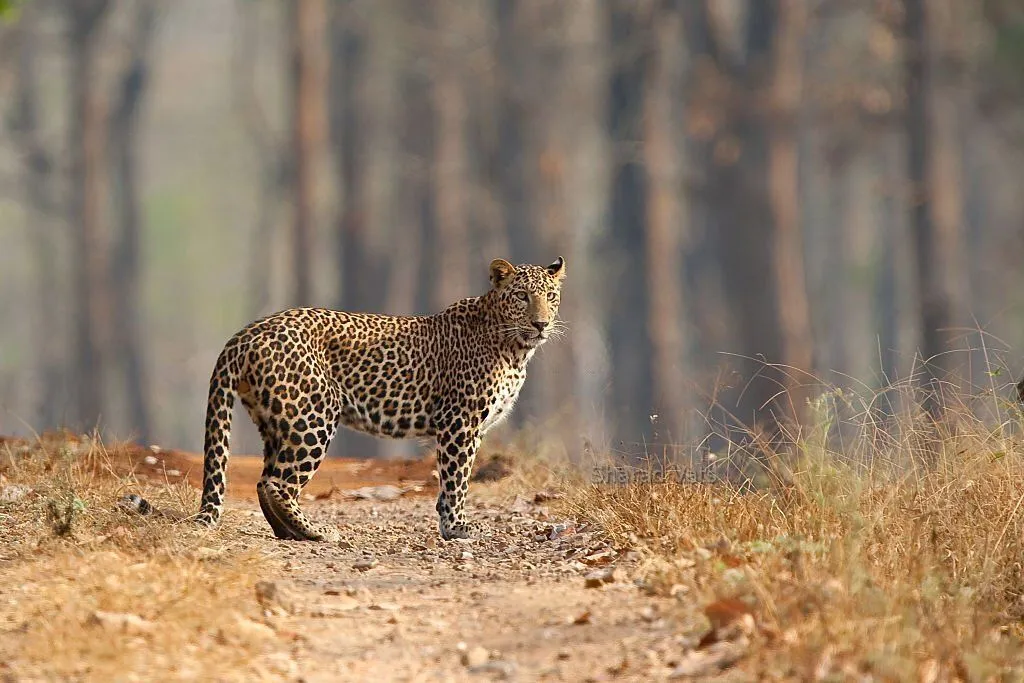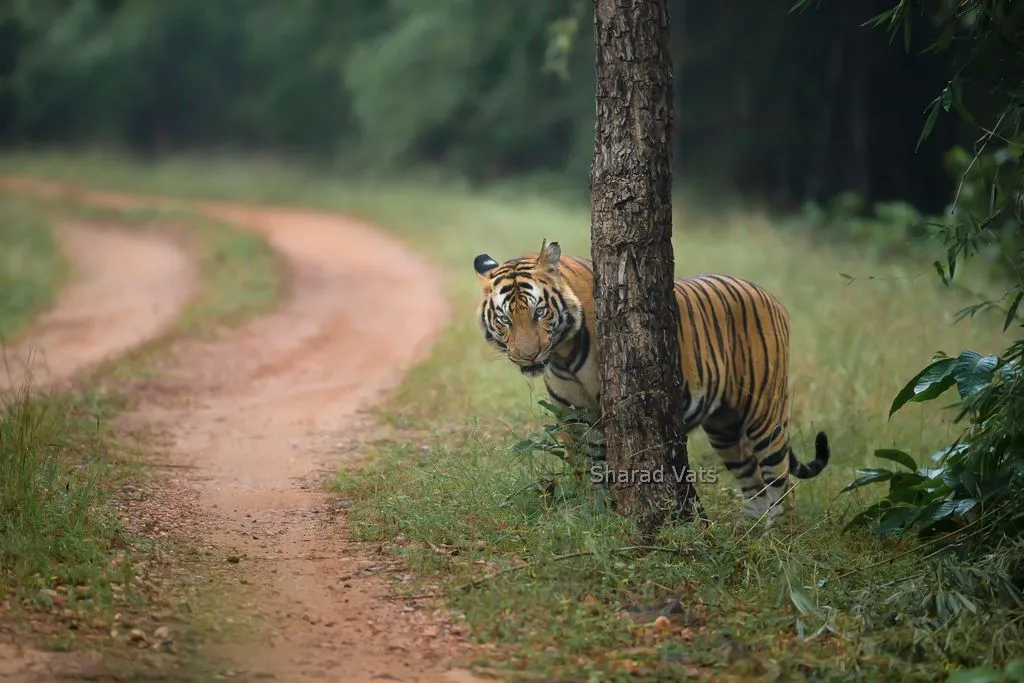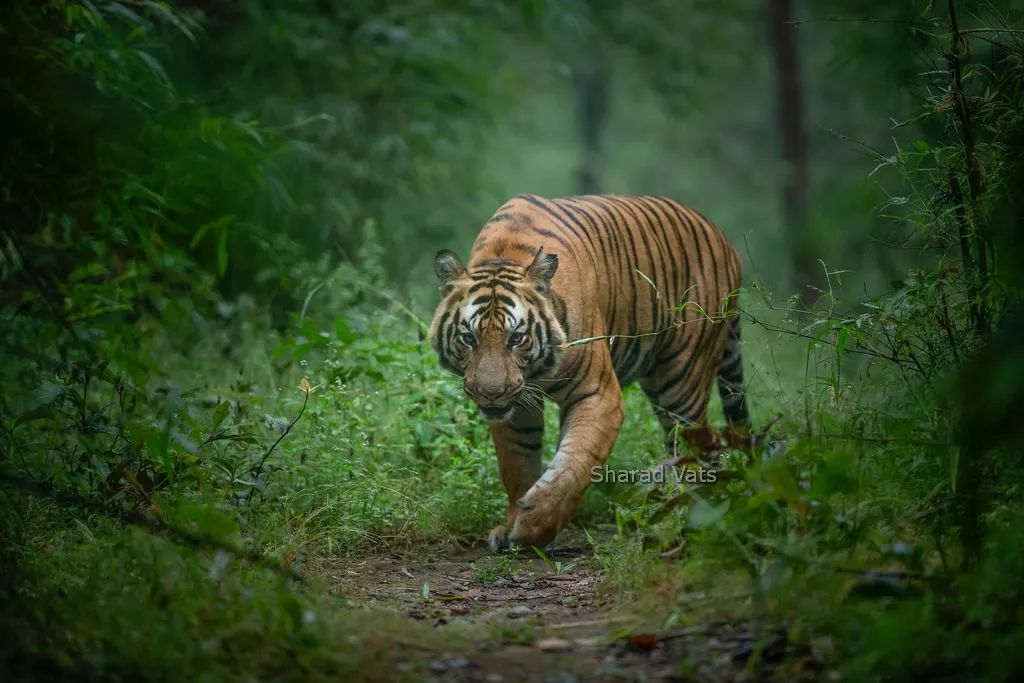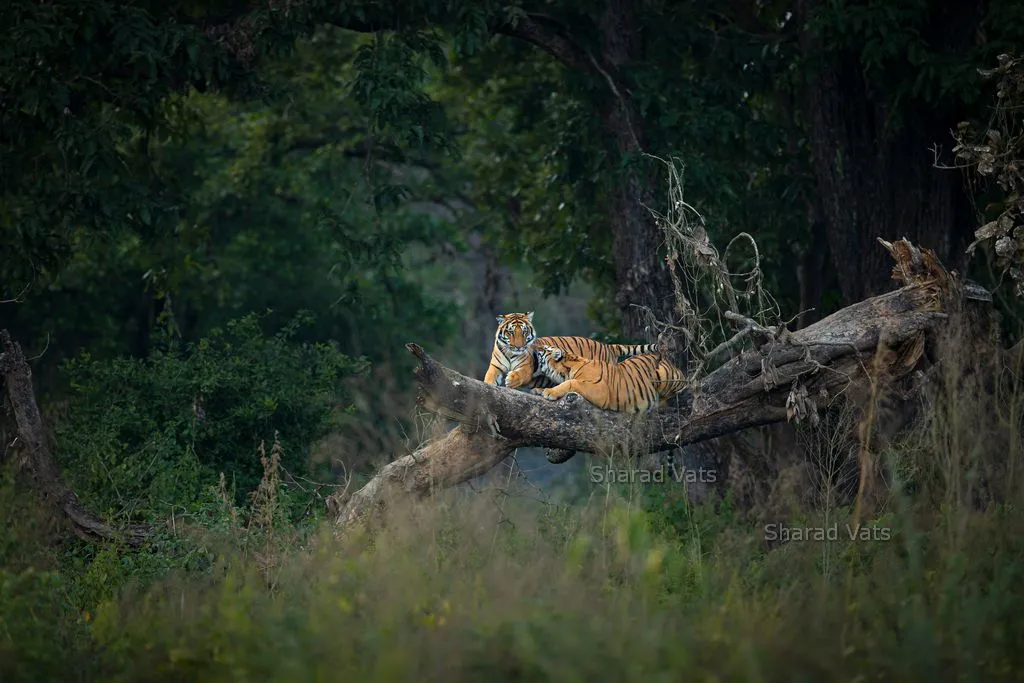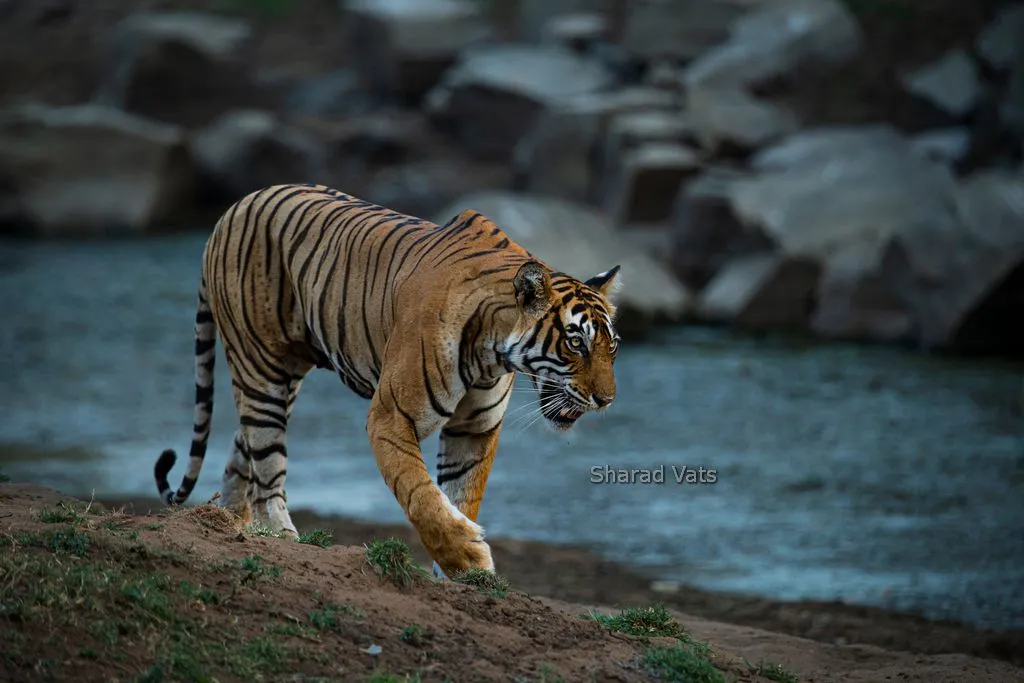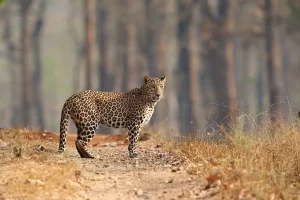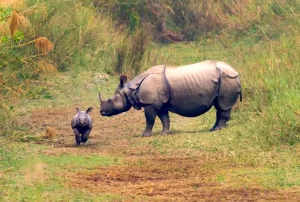You may go on a tiger safari in India at any one of three wonderful national parks. As of the Tiger census of 2018-2019, there were 2997 wild tigers living in 52 Tiger reserves across 20 states in India. This accounts for over 75% of the world’s wild tiger population. Fifteen of these tiger reserves are particularly well-known among visitors. This is not to say that visitors to the other parks won’t see tigers.
The number of days you plan to spend in India is a factor we’ll consider when suggesting the best national parks for a tiger safari. For a Tiger Safari India Tour, we suggest devoting five or six days to a single park. On the other hand, if you only have roughly 10 days for your Tiger Safari India Tour, you will only be able to visit one park. Furthermore, three national parks can be comfortably toured in roughly two weeks’ time, depending on your hunger for tiger safaris.
Bandhavgarh National Park
First in our list of the Top 3 Best National Parks for Tiger Safari in India 2022 – 2023 is Bandhavgarh Tiger Reserve. There are a lot of tigers in Bandhavgarh National Park, and they travel to other parks like Sanjay Dubri, Achanakmar, Kanha, and even Palamu Tiger reserve from there. White tigers, which may be seen in the Mukundpur White Tiger Safari in the vicinity of the state of Rewa, once called this region home.
Located in the Vindhya Hills of the Umaria district in Madhya Pradesh, Bandhavgarh National Park is often considered to be the best of India’s national parks. The Bandhavgarh National Park was established in 1968 and covers an area of 105 km2.
The highest peak in the Umaria region inspired the name Bandhavgarh. Bandhavgarh is known for its rich biodiversity and for housing India’s greatest concentration of tigers. In a similar vein, the park is home to the world’s largest breeding population of leopards as well as numerous species of deer. The park’s popularity as a destination for tiger tours can be attributed in large part to the fact that the number of tigers in the area has steadily grown over the years.
The Bandhavgarh Tiger Reserve is separated into the Tala, Magdi, and Bamera zones, with the former attracting the lion’s share of visitors thanks to its tiger-viewing prospects. The Magdi Zone is also receiving extra attention from the park administration in order to increase the likelihood of seeing tigers. In the Magdi region of Bandhavgarh National Park, elephant exhibitions are put on to maximise the likelihood of seeing the elusive king of the forest.
Bandhavgarh National Park is home to a wide variety of animals and birds because of the park’s varied environment, which includes both tall grasslands and dense Sal woodland. Bandhavgarh National Park’s varied geography makes it a great place to witness the majestic Indian tiger and other creatures like leopards and sloth bears that are more uncommon to sight. Tourists to India are flocking there because of the high probability of seeing wild animals. We can help you plan a tiger safari in India.
Bandhavgarh Tiger Reserve Key Specifications
It has a total size of 450 square kilometres (Core area: 105 sq. km)
Position: 800 metres above sea level
Madhya Pradesh, a state
Specifically, it is in the city of Vindhyan. ranges of mountains in central India
-42.2 to -2.2 degrees Celsius
Rainfall in a year: 1200 mm
In general, the months of February through June are the most pleasant for a trip (Closed 1 July-15 October)
Corbett National Park
Second in our list of the Top 3 Best National Parks for Tiger Safari in India 2022 – 2023 is Corbett Tiger Reserve. The stunning surroundings of Jim Corbett National Park, which are home to many different kinds of flora and fauna, have earned it the nickname “the paradise of Tigers,” and for good reason.
The proud destination of Jim Corbett National Park, named after the famed tiger hunter turned naturalist Jim Corbett (1875-1955), was India’s first national park, created in 1936 in the northern Indian state of Uttarakhand. Many people travel there specifically to see the magnificent Indian tigers, making it one of the most popular tourist spots in the country.
Since the park’s boundaries were expanded, it has become home to an incredible variety of animals, including some that are critically endangered. This nature sanctuary and tiger reserve covers 520 square kilometres and is home to 488 plant species, 600 bird species, and many kinds of animals and reptiles. This means that the Corbett Wildlife Sanctuary is a popular tourist destination.
An exciting wildlife experience awaits you in Corbett. Corbett Tiger Reserve is an ultimate wildlife kingdom and a picture-perfect refuge for wild creatures, thanks to its beautiful occupancy of lush green hills, reverie belts, waterholes, and grasslands. However, there is still a chance to glimpse the park’s main draw: the majestic Royal Bengal Tiger. To see the critically endangered Bengal Tiger, the Corbett Tiger Reserve is a popular tourist destination.
Beautiful creatures such as the Rhesus Macaque, Langur, Sambar, Barking Deer, Nilgai, Wild Boar, Asian Elephants, Jackal, and Leopard can be spotted as you make your way through the rainforest on your jungle tiger safari in India.
In addition to the mammals, visitors can also observe magnificent fish species like the Kalabasu, Kalimuchi, Mahaseer, Chilwa, and Goonch, as well as hazardous reptiles like the crocodile, python, king cobra, russells viper, and monitor lizard. When it comes to bird watching, few places can compete with the Corbett Wildlife Preserve. Some of the birds that can be seen and heard by birdwatchers in this national park include the jungle fowl, peacock, partridge, kaleej pheasant, dove, woodpecker, drongo, duck, teal, cormorant, stork, and seagull.
Corbett Tiger Reserve Key Specifications
Extent: 1318.54 square kilometres
Total Area (520.82 sq. km.)
Protective Zone Size: 797.72 sq. kilometre
Elevation: between 385 and 1100 metres above sea level
In a range from 7805°E to 7905°E in longitude, and from 29025°E to 29040°N in latitude.
Average annual precipitation is between 1400 and 2800 mm.
Average annual temperature is 4 degrees Celsius, with a high of 42 degrees Celsius recorded in the summer.
All year round, mild temperatures can be expected.
The sweet spot is between November 15 and June 15.
Ranthambore National Park
Next on our list of the Top 3 Best National Parks for Tiger Safari in India 2022 – 2023 is RanthamboreTiger Reserve. The city of Sawai Madhopur in Rajasthan is roughly 13.5 kilometres from Ranthambore National Park. This area, at the crossroads of the Aravali and Vindhya mountain ranges, is renowned as a prime spot to see wildlife up close and personal because the local fauna is accustomed to human observers. The park alone spans over 400 square kilometres, and the surrounding Sawai Man Singh Sanctuary adds another 200.
There are several historical relics scattered around Ranthambore National Park. During the sweltering summer days, the park’s wild animals can cool down in one of the many ponds, streams, and lakes that dot the landscape. The park is called for the massive fort that overlooks it from atop a nearby hill. The jungle’s distinct, magnificent, and diversified flavour of nature, history, and animals is thanks in large part to the countless remains of bygone eras that are strewn throughout the environment. It is not uncommon for tigers in Ranthambore National Park to hunt in broad daylight, right in front of park visitors.
In 1955, the Government of India founded Ranthambore National Park, formerly known as Sawai Madhopur Game Sanctuary. Established as one of India’s Project Tiger reserves in 1973. The forests next to Ranthambore, which were designated as the Sawai Man Singh Sanctuary and the Keladevi Sanctuary, respectively, on November 1st, 1980, are now known as the Ranthambore National Park.
Animals such as the chital, sambar, blue bull, and chinkara make up the herbivore population.
The Sambar deer is the park’s most prized animal. There is no other Asian park where you may regularly witness the largest of the Asiatic deer species out and about in broad daylight. Crocodiles can often be seen sunning themselves on the shores of the lake, while wild boars and langurs are frequently spotted as well. The tiger isn’t the only interesting creature in the park; there are also leopards, hyenas, jackals, caracals, jungle cats, rattlesnakes, and more. Ranthambore National Park is home to around 300 different bird species. Book tiger safari in India with Nature Safari India Pvt. Ltd.
Ranthambore Tiger Reserve Key Specifications
As a whole, it covers 1700.22 square kilometres.
Tigers need a minimum of 1113.03 square kilometres of CTH.
Starting at 25 degrees 46 minutes north, and ending at 21 degrees 12 minutes north
Between 76°17′ and 77°13′ East
Sawai Madhopur Station is the Closest Train Stop (14 km.)
During the summer, temperatures can reach up to 48 degrees Celsius, while the coldest temperature recorded during the winter is only two degrees.
Seasonal Lows: 10°C; Moderate Highs: 20°C; Annual Rainfall: 800 mm
Read about all other national parks & tiger reserves in India.

